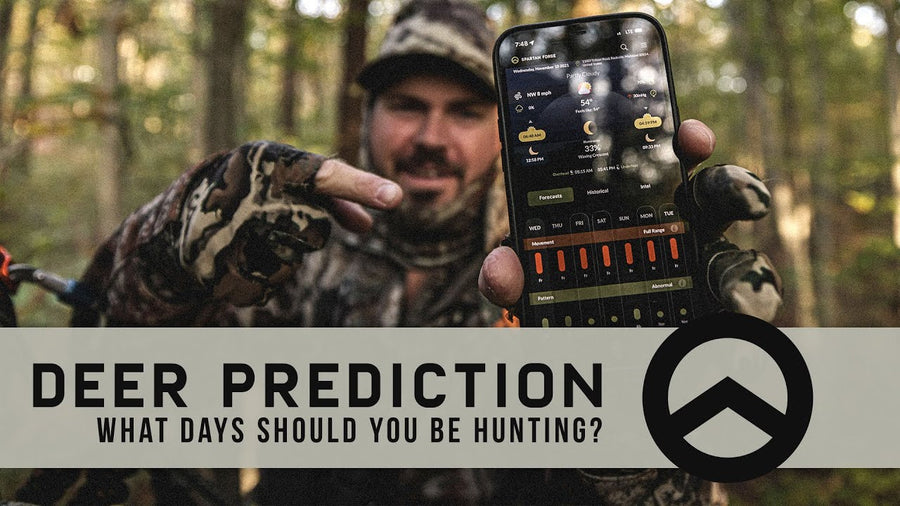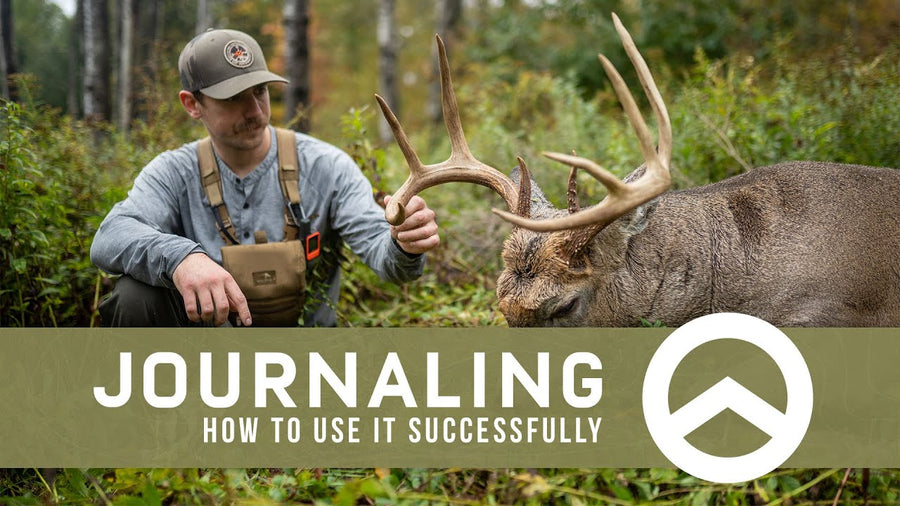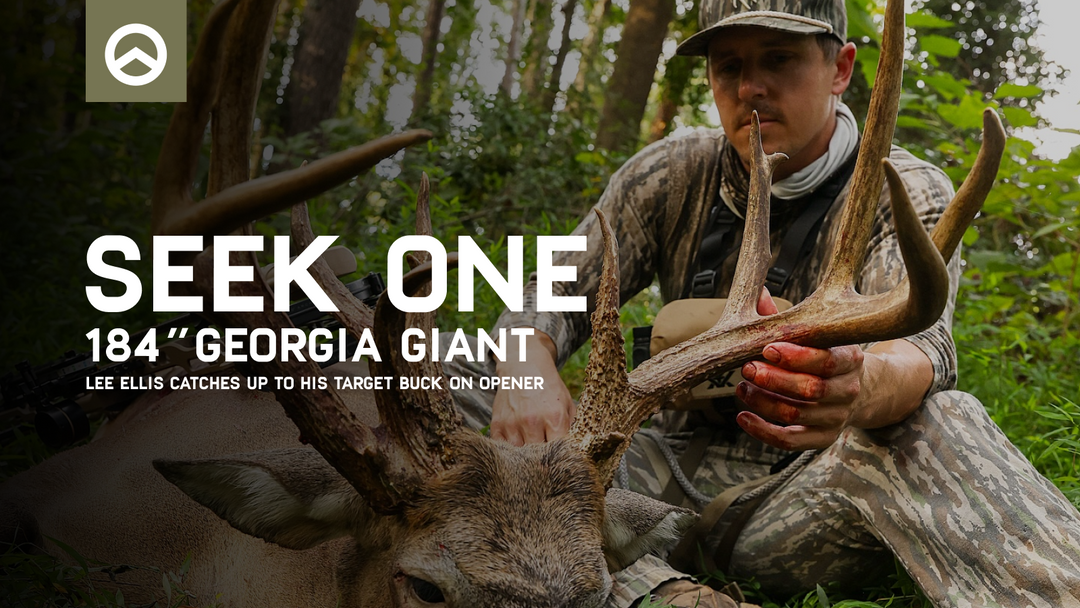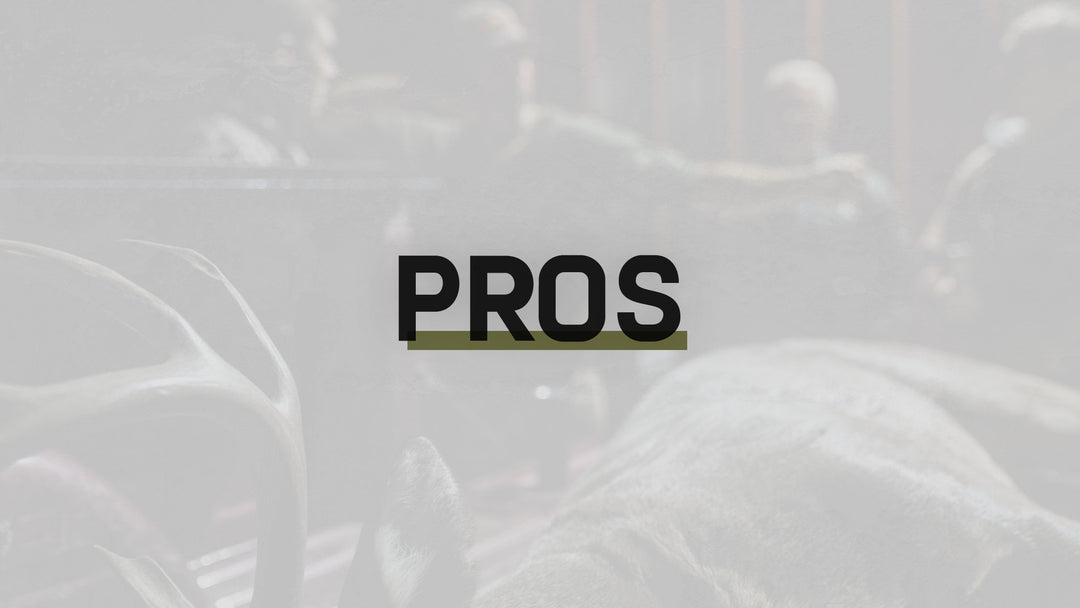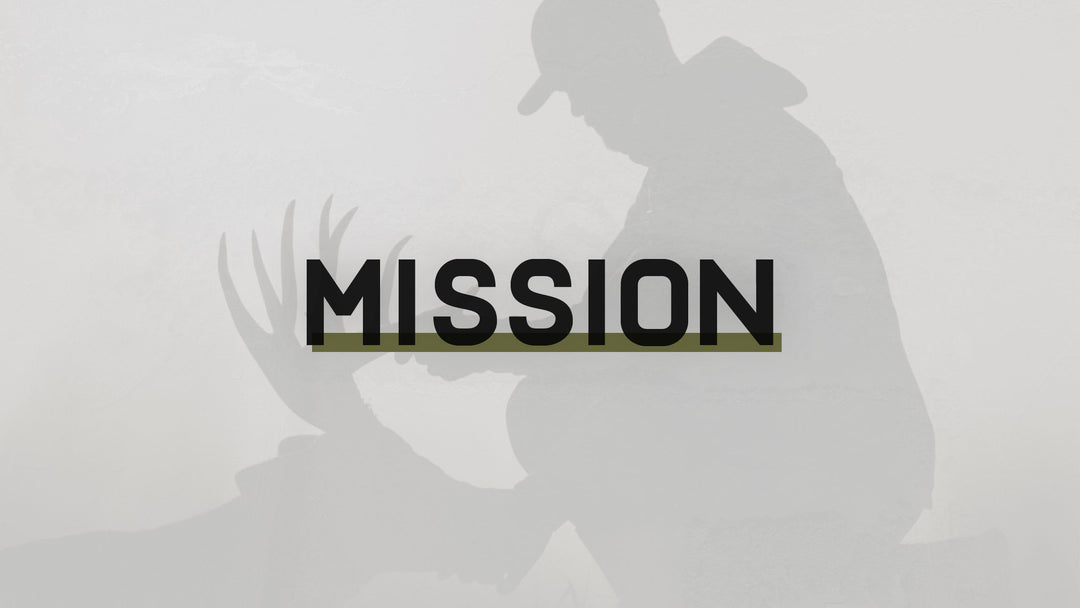The Kill Kit: Streamlining Gut Pile Organization
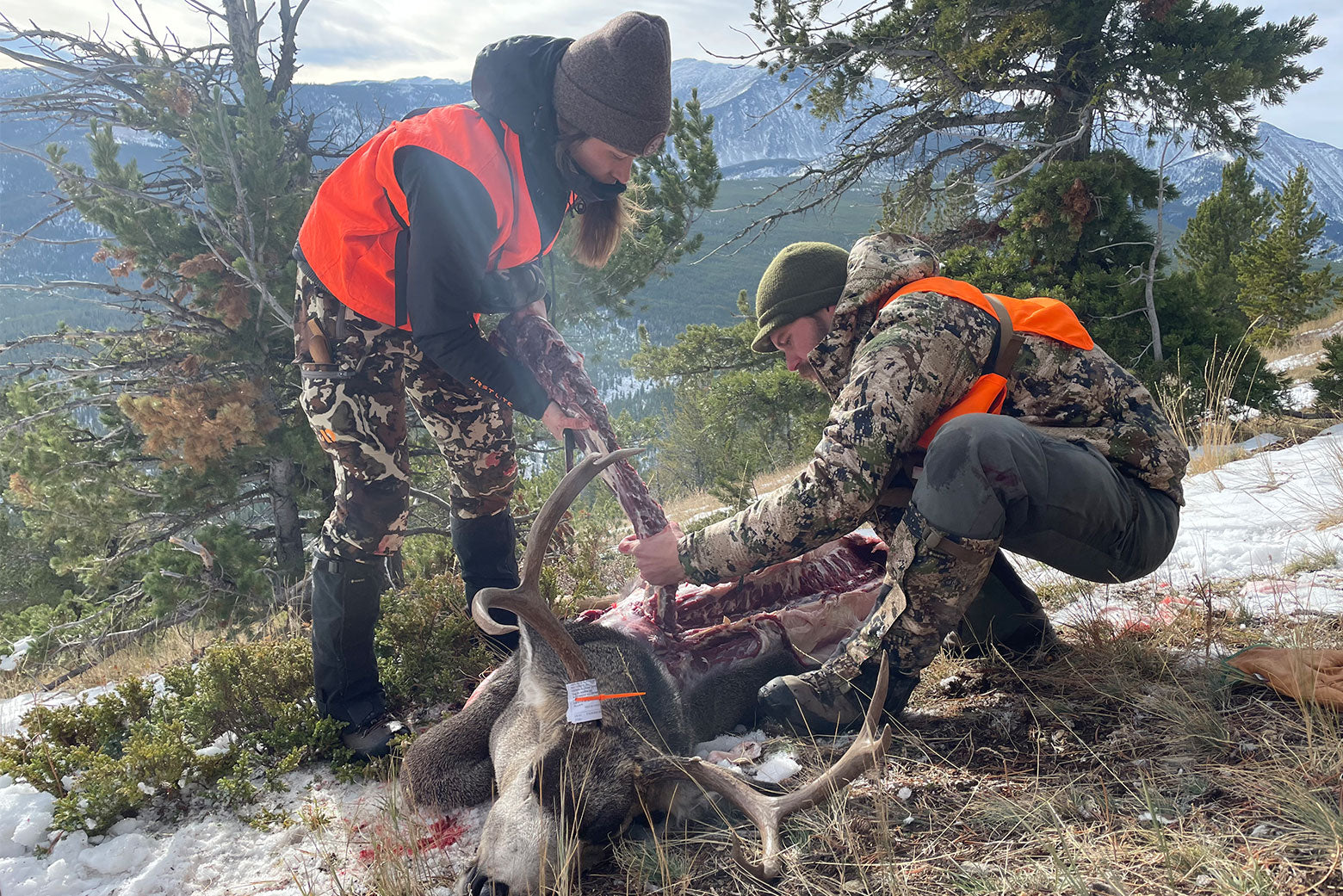
Process your animal efficiently in the field
Killing is part of hunting. A big part. While all of our preparation and time spent scouting tends to be for everything leading up to that kill, what happens after the kill is just as important. Specifically, processing the animal. A kill kit makes that part as easy as possible.
A kill kit is built to help you process your animal as efficiently and effectively as possible. It helps guarantee that you didn’t forget anything at home and ensures you have what you need to complete the job.
Having a kill kit will keep you organized and allow you to enjoy the hunt that much more.
The Purpose of a Kill Kit
I really don’t know how I went without a kill kit. Up until a few years ago, my pack would consist of everything just thrown into it. I’d always forget one thing or another or end up in the field digging through my pack with bloody hands, trying to remember where I put my knife sharpener. A kill kit has not only made packing my pack less stressful. It’s also made my time in the field that much more enjoyable.
A kill kit is a bag or pouch containing everything you need to process an animal in the field. A well-built kill kit will keep you from digging around in your bag and spreading your gear around the kill site. Everything will be where you expect it to be, which allows you to focus on the task at hand.
Another thing that a well-put-together kill kit will do for you is make planning simple. When heading out hunting, you won’t have to worry about whether you have everything or not. You just grab that one pull-out pouch, throw it in whatever pack you are using that day, and know that you have everything you need to process and take care of a kill.
It is important to remember that everyone’s kill kit will look different depending on your individual needs. I will review my kill kit for a hunt in Montana for Mule Deer, but the kit is nearly the same for all other big game species.

Gear
I keep all of the gear listed below inside of a Blaze Orange Medium Kifaru Pullout. This is a center zip pouch that keeps everything organized and clean. The Blaze Orange coloring makes it easy to find in my pack and can be clipped onto the outside of my pack after a kill to add visibility to other hunters. Any pullout or dry bag will work for this. Just restrict the size to only what's necessary.

Licenses & Carcass Tags
For those of you who don’t have to display your licenses on your back, a kill kit is a great place to keep your hunting licenses and tags. Typically, you don’t need to access your tags until you make a kill. So why not keep them in the pullout that all of your other processing gear is in? In addition to the license, throw a ballpoint pen in there as well so that you can fill it out and sign it appropriately.

Knife & Knife Sharpener
A knife is one of the most important parts of a kill kit. It is a necessary piece of equipment to field dress an animal. I prefer to use a fixed blade combined with a small sharpener, which I also keep in this kit. With a quality knife, you will rarely need to use the sharpener, but sometimes things happen, and your blades dull. A couple of pulls through the sharpener, and you’ll be back in action.
If you prefer to use one of the knives that use replaceable blades, you can ignore the sharpener. Instead, just keep your extra blades in your kill kit. Additionally, I braid reflective cordage through the lanyard hole of my knife(when possible) and sharpener. This makes it easy to find with a headlamp when processing the game in the dark and can be undone to give me extra cord if needed.
Zip Ties
Zip ties are another essential item for the kill kit. They are handy for everything from gear repair to securing carcass tags to the animal. They weigh almost nothing, and a handful of them will last you multiple years. I prefer fluorescent orange ones as they are easy to find in the dark. I have found no better way to attach a tag to an animal.
Game Bags
Game bags will be the biggest item in your kill kit. While most come with their own mesh bag, I find it helpful to have them inside my kill kit instead. This is mainly for those who are quartering and processing their game in the field. Spend the money and get reusable ones. My current ones have had 10+ animals in them and still work like new. Add a gallon zip-loc or two if you like to bring the heart and/or liver home.
Contractor Bags
This falls under the nice-to-have category and isn’t a necessary item. However, keeping a contractor bag or two in your kill kit will ensure that you keep your pack clean during the packout, saving you time down the road. I tend to forget to replenish these and end up regretting it as I wash the blood off of my pack in the bathtub after a successful hunt. They can double as a ground sheet to set quarters on, keeping them clean.
Paracord
I always carried paracord with me in the field and could never find it when I needed it. It would inevitably work its way to the bottom of my pack where I couldn’t quite feel around for it. Now that I keep some in my kill kit, that is never an issue. Besides, on a hunt, that is the time that you will most likely need it. How much you should have is up to you, but 20 feet is a good place to start.
Latex Gloves
This is an optional one. I haven’t ever used rubber gloves, but I think I will start. Throwing a couple of pairs of latex gloves in your kill kit will be a godsend when you have to process a gutshot animal. They are cheap, weigh almost nothing, and will keep you clean during the processing.

Celebratory Flask: Optional
Again, this is another optional item. The flask. While I don’t condone drinking while hunting, nothing beats that celebratory shot with a buddy once the hunt is over. Make it a tradition, get a customized flask, and fill it with your favorite drink. I found my flask in the mountains of Colorado and had it engraved with an original Winchester engraving pattern. Those of you who have shared a shot of gin out of it know how memorable those experiences are.

Other Considerations
This is what I have in my kill kit. Others may vary, and this should serve as a guide for you to build one for yourself. Whitetail hunters may want drag-rope instead of game bags, and predator hunters may find that a can of flea and tick powder is more practical. A lightweight tarp isn’t a bad idea for setting meat on as you quarter, and flagging tape may be necessary to mark your kill for others. Depending on how you process your animals, a saw might also be necessary. There is no wrong answer here.
Lastly, don’t overthink it. The whole goal of having a kill kit is to simplify your hunting equipment. Only having to grab one bag as opposed to remembering a knife, game bags, contractor bags, zip ties, tags, and various other things will make it so that you can get out in the woods faster. Build it out how you want it, and let it constantly evolve to fit your needs. Check it before each season and restock it with what’s needed. Spend more time in the field and less time packing.
Written By Kurtis Martonik of The Gunsmithing Journal
